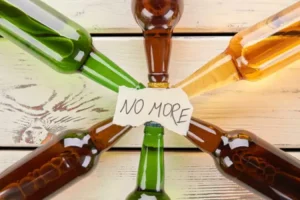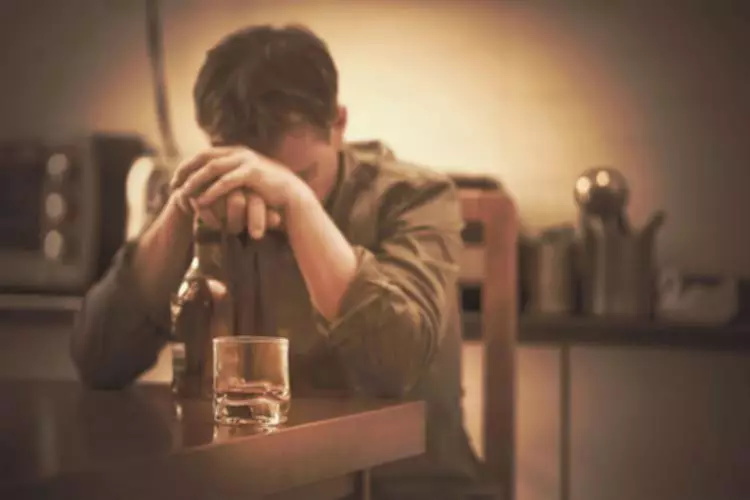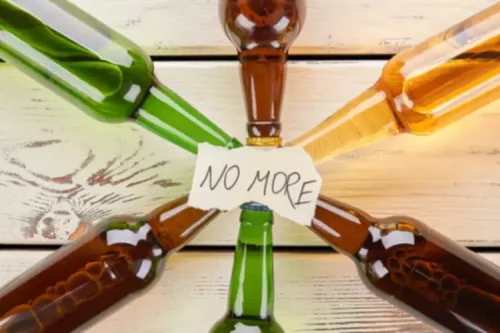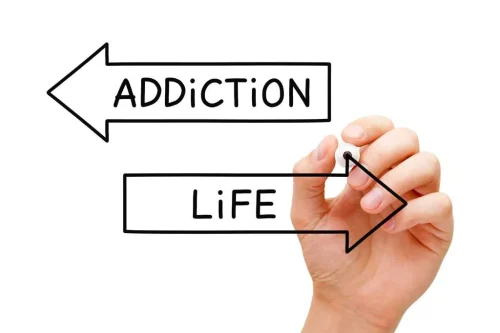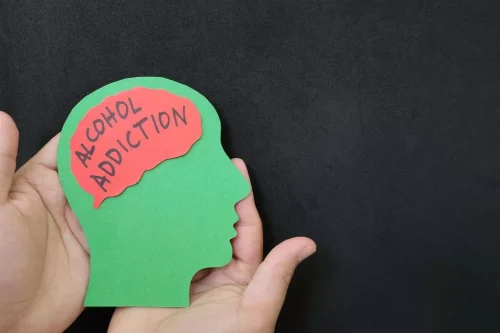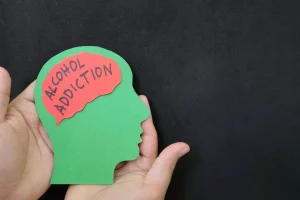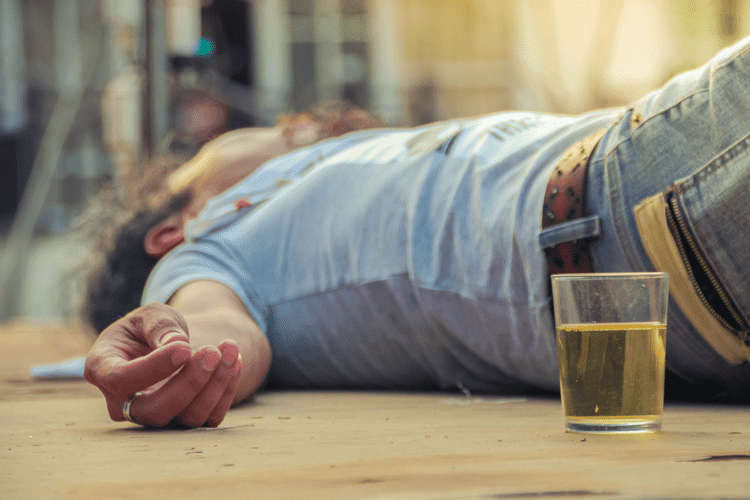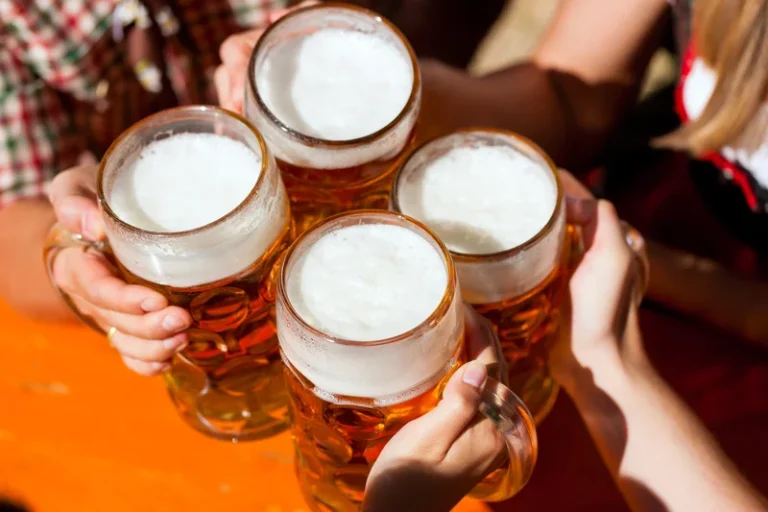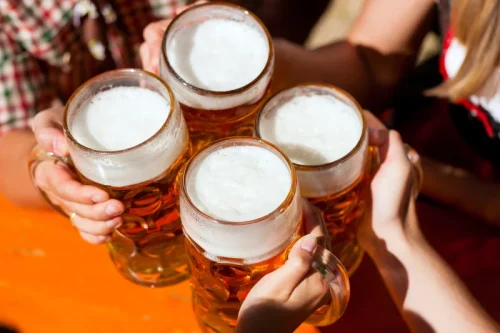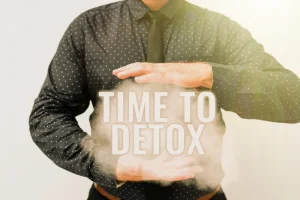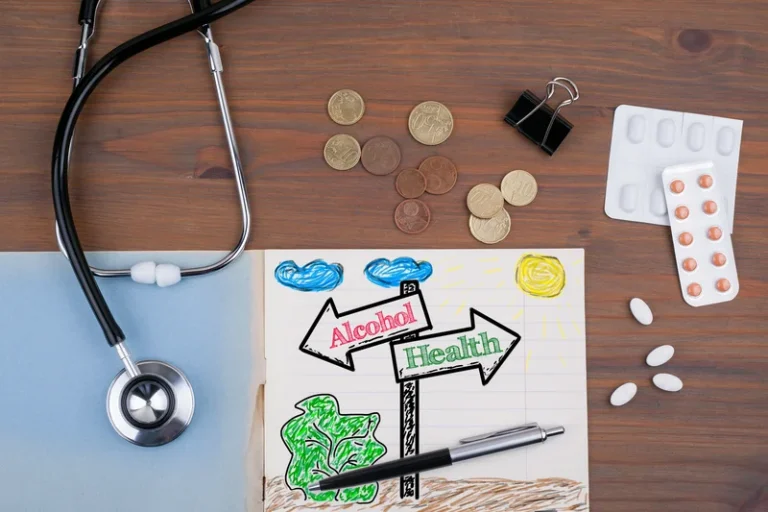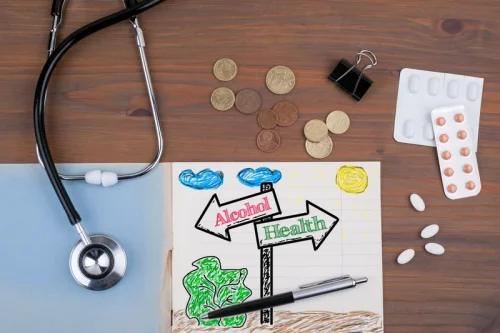BOP: Residential Reentry Management Centers

While even Dismas has had its share of problems, it seems to genuinely care about the quality of its transitional services. A recent interest among government officials in reducing prison populations as a way to cut costs, stemming from the 2008 Great Recession that resulted in significant budget deficits, has placed renewed emphasis on the importance of halfway houses. As more prisoners are released there is a corresponding need for more post-release housing – including reentry facilities. By 1950, those programs were further adapted to serve specialized populations, such as criminally involved drug and alcohol abusers. In the early 1960s, the mentally ill became residents as the state hospitals were deinstitutionalized by the federal government. During that turbulent decade, when virtually every governmental institution and traditional practice in America was being challenged, corrections turned to the philosophy of reintegration.

Transitioning Skills:
During your initial consultation with Oceans Recovery, we will do our best to place you in a facility that meets your insurance requirements. At Ocean Recovery, we have relationships with some of the best sober living homes in the area and can help place you in the facility that is the best fit for your needs and goals. Many people choose to live at a halfway house to maximize their time in a recovery environment and to keep themselves strong on their path towards healing. Most programs will admit us if we’re drug- and alcohol-free, as long as we’re serious about staying that way. If our substance use is well and truly under control, we’ll qualify for this form of high-accountability housing.
- Employees have said many prisoners ask to be returned to the state prison system because they feel safer there.
- Residential Reentry Centers provide individuals with home confinement and the necessary resources to improve their lives and reconnect with their communities.
- To qualify for federal funding, halfway house owners and staff have to undergo criminal background checks and the houses must meet certain codes.
- Halfway houses tend to offer a shorter length of stay, and your tenure there may be determined by probation or parole requirements.
When Halfway Houses Pose Full-Time Problems
The behavior of such persons is anticipated to be such that it does not harm or disturb others.
Who Can Live in a Halfway House?
Many of the horror stories of crimes committed by halfway house residents could have been avoided by proper pre-release screening and supervision by corrections officials, as well as better monitoring and regulation of reentry facilities. Where many halfway houses in the federal system fall short is in the areas of job placement and mental health treatment. His views were reflected in a 2013 report by the DC Corrections Information Council (CIC), which found that staff at the facility lacked the ability to help residents find housing and employment, and hindered them from accessing mental health services. Residents said they felt unsafe and the halfway house did not have an effective system to handle grievances.
While halfway houses provide an excellent and affordable sober living community, there may be some disadvantages to a halfway home for certain people. The lack of state oversight of a halfway house has become an issue in recent years. This has resulted in several escapes in addition to other common problems, such as drug use, gang activity, and violence.

Renewal Center for Ongoing Recovery

Dana Vetrano, who was hired as a counselor at the Robinson Center, had done time for robbery – and wasn’t the only ex-con employed by the company. Denette Pasqualini, 40, was hired as a counselor at the Robinson Center in June 2011. She had what she thought was relevant experience working security at Six Flags, but soon found things were very wrong at the facility. Supervisors drank whiskey hidden in soda bottles, counselors were having sex with residents and when she tried to intervene after one resident stabbed another with a pen, other prisoners held her back. She also observed counselors warning residents of upcoming drug tests, allowing them to take urine cups into the bathroom without supervision and simply doctoring test results so they showed prisoners passing drug tests who had not been tested. According to Vanessa Falcone, 32, there is a much darker side to halfway houses.
What Happens When Someone Completes a Program at a Halfway House?
Outpatient substance abuse treatment comes in a few different tiers, and some individuals attending outpatient treatment may also seek some form of recovery housing, such as a sober home. Moreover, apparel that promotes offensive, sexually-oriented, racist, illegal, or narcotic activity messages are not allowed inside the halfway house. This includes clothing that depicts a message in either text or art that could influence the safety and security of the residents and the facility. In federal RRCs, staff are expected to supervise and monitor individuals in their facilities, maintaining close data-sharing relationships with law enforcement. Disciplinary procedure for violating rules can result in the loss of good conduct time credits, or being sent back to prison or jail, sometimes without a hearing.

- It costs between $125 and $150 a day to house a prisoner in a state prison, but only $60 to $75 to put the same prisoner in a reentry facility.
- The GEO-run facility also houses civilly-committed sex offenders, three of whom have escaped, including Enard.
- Millions of Reframers have downloaded the app, and our data shows that they’ve eliminated over 102 million drinks per year.
- The Recovery Village aims to improve the quality of life for people struggling with a substance use or mental health disorder with fact-based content about the nature of behavioral health conditions, treatment options and their related outcomes.
Contrary to the belief that halfway houses are supportive service providers, the majority of halfway houses are an extension of the carceral experience, complete with surveillance, onerous restrictions, and intense scrutiny. It shouldn’t take exhaustive investigative reporting to unearth the real number of COVID-19 cases in a halfway house. But historically, very little data about halfway houses has been available to the public, even though they are a major feature of the carceral system. Even basic statistics, such as the number of halfway houses in the country or the number of people living in them, are difficult to impossible to find. Additionally, insurance coverage and other financial support are sometimes available to help with the cost.
How Does Sober Living Work?
Someone committed to sobriety can check their local halfway house about any specific recovery milestones that what is a halfway house might be recommended before residency. Halfway houses are government-funded programs for former criminals and recovering addicts. Halfway houses are also an excellent “in-between” living situation for individuals with substance use disorder as they complete addiction treatment but aren’t quite ready to fully reintegrate into the community. You can also speak with your doctor or healthcare professional for referrals to nearby addiction treatment providers and support services for addiction treatment.


